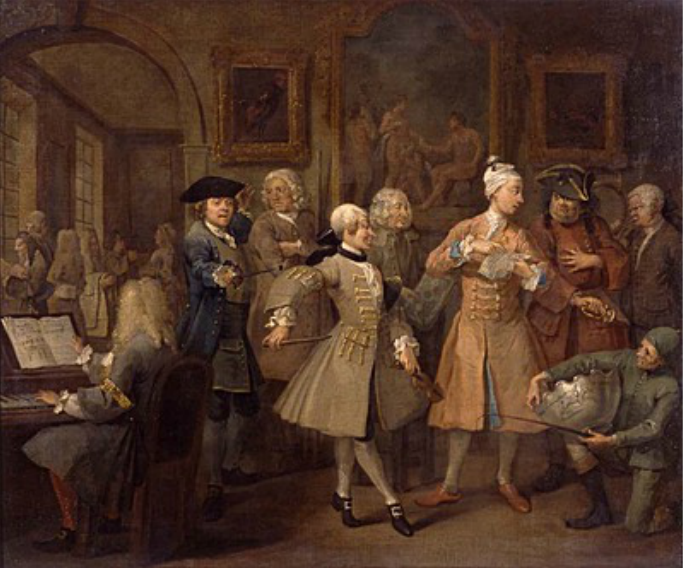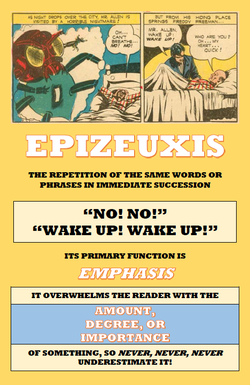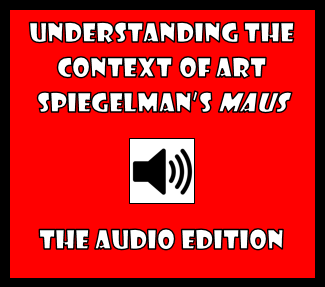"Wordless Narrative" Activity
3/21/2014
DescriptionStudents create a storyboard or visual narrative that does not contain text. The exercise has wide application, whether in having students block a scene from a work of drama, visually relate the progress of a character’s story from a work of fiction, or visually represent the story of a particular historical moment. The exercise is similar to Activity 3: Visual Note-Taking, but the student is not permitted to use words in order to communicate his or her ideas. SkillsCritical Thinking, Navigation Skills, Making Connections PurposeBy the end of the activity, students should perceive the challenges of communicating without words, translating the written or verbal into the visual, and developing a narrative that is comprehensible to their audience when said narrative must be interpreted in the absence of explanation. The aim of the exercise is to develop the student’s communication skills and transliteracy: the ability to demonstrate literacy across a range of platforms or mediums of expression by making meaningful connections between them. Critical Thinking Questions
Metacognition Questions
How Can Visual Narrative Foster Inquiry in this Activity?As in the previous activity, students will have a dizzying range of questions that they will have to ask themselves at the outset of the activity: “How do I represent this scene from a play or short story without needing pages and pages of illustration?” or “How can I best capture the most important features of a historical battle in a way that a person examining it can understand?” My inspiration for this activity comes from Hogarth’s “A Rake’s Progress,” which Scott McCloud in Understanding Comics cites, along with hieroglyphics, cave art, etc. as a forerunner to the comics of today. I’ve always been impressed by the fact that little or no text (other than the naming of the individual paintings), the audience has little difficulty perceiving what is happening to the rake. As our global village shrinks and our students are immersed even further into a principally visual culture, being able to communicate with the visual takes on an increasing importance.
0 Comments
Your comment will be posted after it is approved.
Leave a Reply. |
Glen DowneyDr. Glen Downey is an award-winning children's author, educator, and academic from Oakville, Ontario. He works as a children's writer for Rubicon Publishing, a reviewer for PW Comics World, an editor for the Sequart Organization, and serves as the Chair of English and Drama at The York School in Toronto. If you've found this site useful and would like to donate to Comics in Education, we'd really appreciate the support!
Archives
February 2019
|




 RSS Feed
RSS Feed
